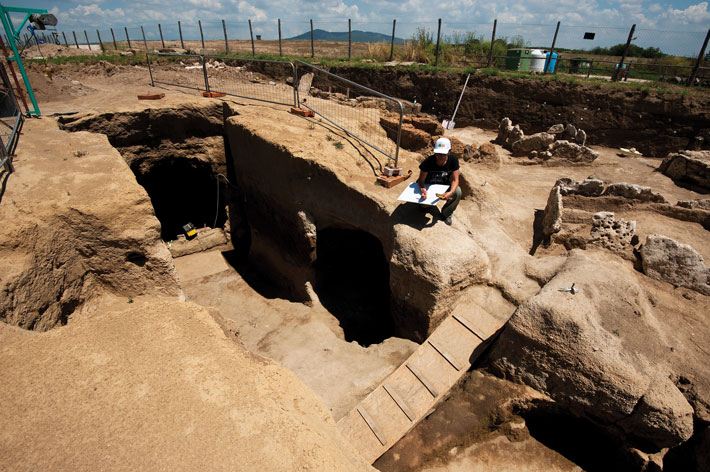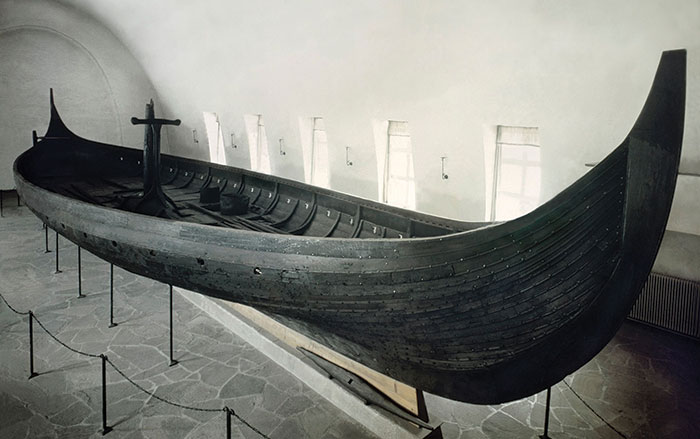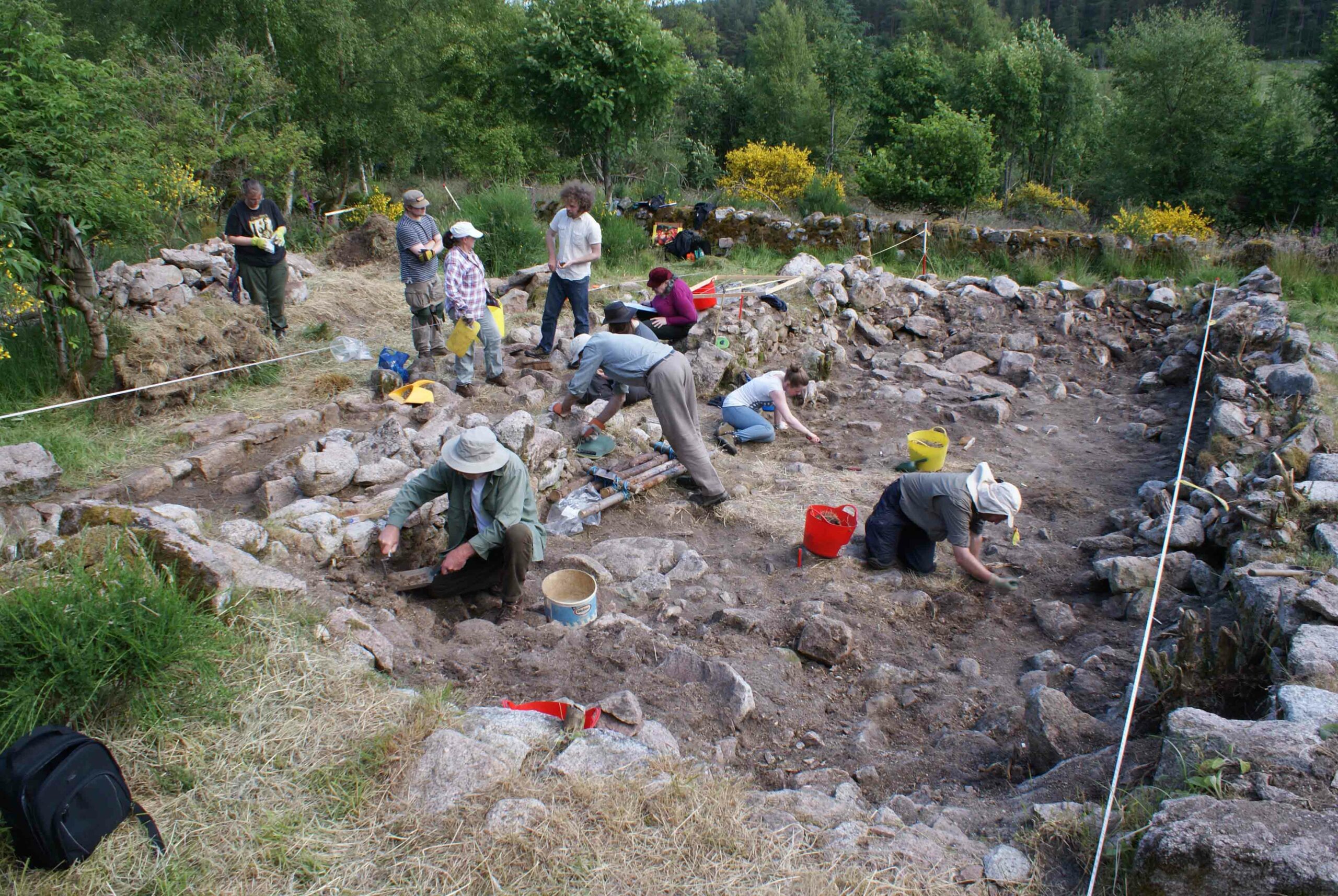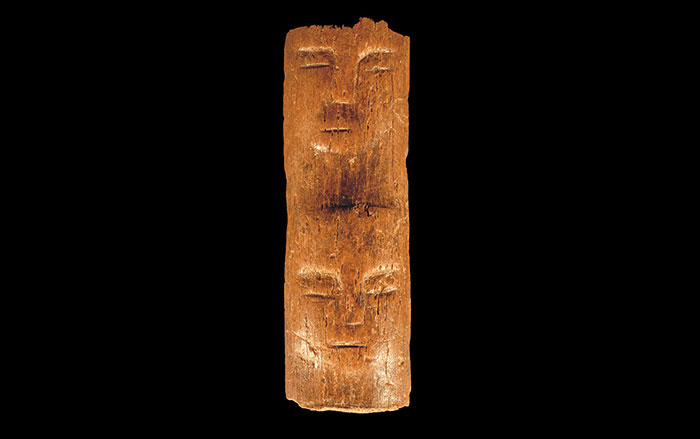LAUSANNE, SWITZERLAND—Evolutionary anthropologist Simon Powers and his colleague Laurent Lehmann of the University of Lausanne developed a computer model to study how small groups of egalitarian hunter-gatherers might have transformed into hierarchical cultures over the course of several generations. Archaeological evidence for this transition has been lacking. “We have good descriptions of ‘before’ and ‘after,’ but not anything during the actual transition,” Christopher Boehm of the University of Southern California commented in Science. The researchers found that groups made up of leaders and followers grew to about twice the size of the egalitarian groups, and that even when leaders took a large portion of the group’s surplus supplies, the followers received more than if they’d remained in a leaderless band, perhaps because leaders can organize large projects in an efficient manner. “What [Powers and Lehmann] have done here is take these ideas and make them work within a very elegant mathematical framework,” said Paul Hooper of Emory University.
Model Suggests Benefits of Hierarchical Cultures
News August 6, 2014
Recommended Articles
Off the Grid January/February 2026
Prophetstown, Indiana

Letter from France January/February 2026
Neolithic Cultural Revolution
How farmers came together to build Europe’s most grandiose funerary monuments some 7,000 years ago

Features January/February 2026
The Cost of Doing Business
Piecing together the Roman empire’s longest known inscription—a peculiarly precise inventory of prices

Features January/February 2026
The Birds of Amarna
An Egyptian princess seeks sanctuary in her private palace

-
Features July/August 2014
The Tomb of the Silver Hands
Long-buried evidence of an Etruscan noble family
 (Marco Merola)
(Marco Merola) -
Features July/August 2014
Revisiting the Gokstad
More than a century after Norway's Gokstad ship burial was first excavated, scientists are examining the remains of the VIking chieftain buried inside and learning the truth about how he lived and died
 (Courtesy Museum of Cultural History, University of Oslo, Norway)
(Courtesy Museum of Cultural History, University of Oslo, Norway) -
Letter From Scotland July/August 2014
Living on the Edge
Were the residents of a Scottish hillside immoral squatters or hard-working farmers?
 (Jeff Oliver, University of Aberdeen)
(Jeff Oliver, University of Aberdeen) -
Artifacts July/August 2014
Neolithic Wand
 (Courtesy L.C. Tiera)
(Courtesy L.C. Tiera)


